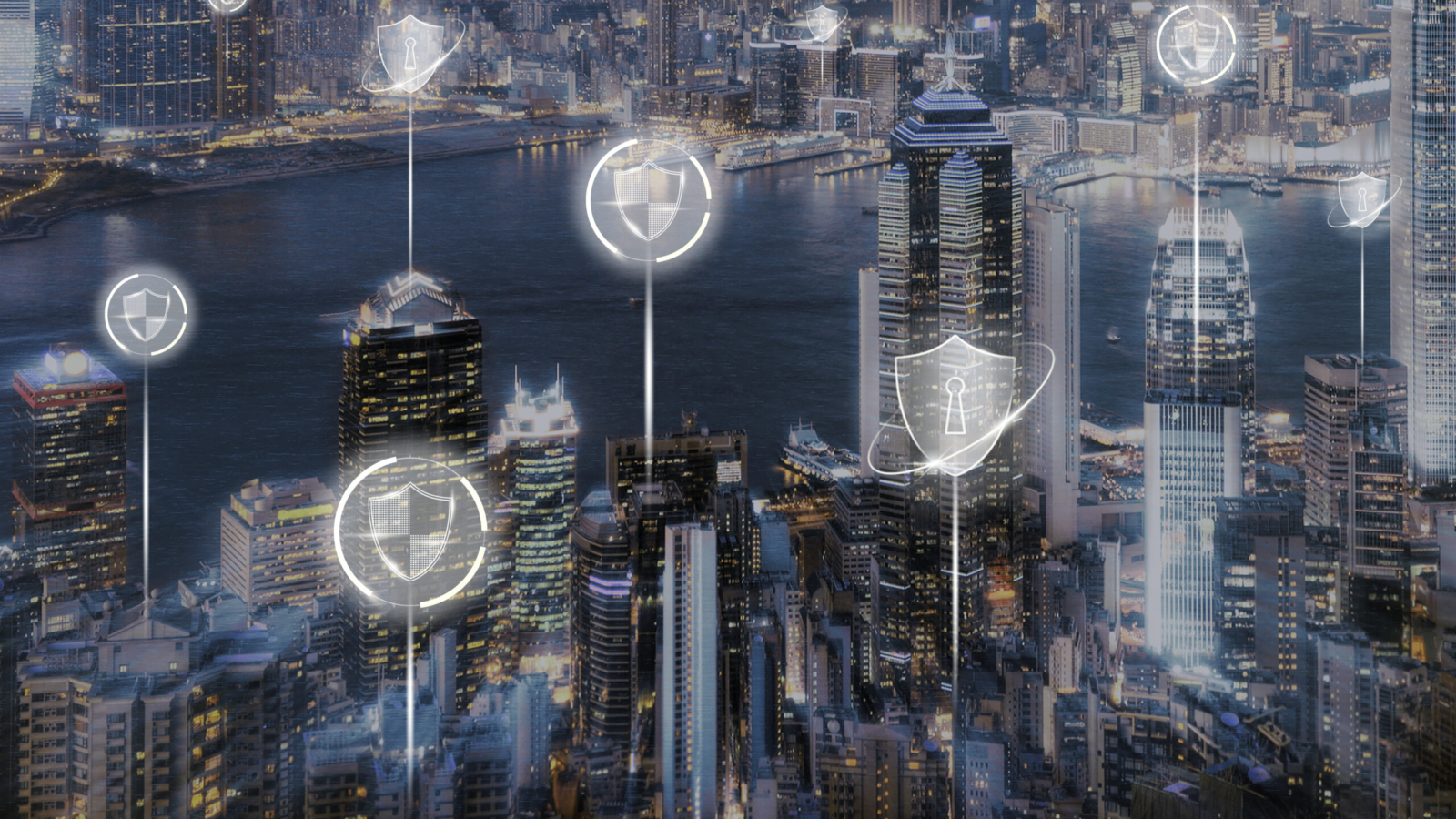Introduction to Physical Security Systems
Advances in physical security technology now define the parameters of safety for contemporary enterprises. Today’s security landscape protects people, assets, and operations against increasingly sophisticated threats. Within the United Kingdom, organisations of all sizes have come to rely on these multilayered security frameworks to mitigate loss exposure and enhance stakeholder confidence.
Importance of Physical Security Systems
Every enterprise encounters a spectrum of security vulnerabilities. Burglary, asset theft, and malicious damage recur as persistent operational hazards. Without a cohesive security framework, risks increase – raising liability, recovery costs, and reputational damage. The strategic installation of proportionate countermeasures not only mitigates loss but also secures sensitive operational zones and underwrites the safety of personnel.
Component Architecture of Physical Security Systems
An effective physical security architecture synthesises discrete technologies and operational disciplines. The foundational components typically deployed include:
- – Identity-based access control
- – Continuous closed-circuit television oversight
- – Intrusion response sensing
- – Physical perimeter hardening, including fencing and gates
- – Central monitoring and alarm-actuation
The system works best when its components are integrated and support each other. UK organisations increasingly favour fully integrated platforms to achieve seamless situational awareness and unified policy enforcement.
Market Dynamics in the UK
The adoption of physical security systems infrastructures across the UK has accelerated in recent years. Financial services, healthcare, and logistics stand as high-value sectors demanding elevated protective capability. UK businesses now invest in both hardware and smart software to stay resilient and meet national security regulations. The dual emphasis on technology and regulatory alignment safeguards both strategic assets and everyday operational continuity.
Access Control for Safer Premises
Access control stands as one of the most effective strategies for safeguarding physical spaces, restricting entry to personnel explicitly granted authority. Solutions range from proximity key cards to sophisticated biometric authentication, each engineered to prevent unauthorised ingress. A growing number of firms in the UK are migrating to cloud-based platforms, which enable flexible policy updates and remote oversight without the constraints of on-premises servers.
CCTV Surveillance Enhancing Security
Closed-circuit television remains a cornerstone of contemporary security architecture. It delivers continuous situational awareness, acts as a deterrent, and archives critical forensic material. Contemporary installations integrate artificial intelligence to flag anomalous behaviour as it occurs. Many UK corporations augment camera networks with 24/7 remote monitoring platforms, ensuring prompt corrective action in the event of a security breach.
Intrusion Detection and Alarm Systems
Intrusion detection networks are engineered to notify security personnel without delay. A triad of passive infrared sensors, acoustic glass break detectors, and programmable alarm annunciators restricts an unauthorised party to the periphery. When linked with CCTV, they provide a faster, more effective response to intrusions. The composite architecture has gained traction in UK enterprises across the commercial, educational, and industrial sectors.
Perimeter Protection for Businesses
Fortifying the perimeter of a site is an inescapable obligation for risk mitigation. Anti-climb fences, retractable barriers, and controlled access gates define the outermost line of defence. Complementary perimeter intrusion detection arrays, which gauge distortions in the electromagnetic field, can localise an attempted breach in real time. UK warehouses, distribution centres, and manufacturing plants use these layered safeguards to match their security to operational risks.
Integration with Technology
Modern physical security increasingly merges with digital infrastructure. Contemporary systems readily converge with smart ecosystems, empowering enterprises to oversee facility protection from mobile devices. Advanced analytics, distributed sensor networks, and cloud computing collectively enable a more anticipatory and data-informed security posture. UK organisations appreciate this synergy, realising cost containment and operational fluidity.
Benefits of Professional Security Configurations
Deploying rigorously engineered security configurations yields a spectrum of organisational advantages:
- Attenuated theft and criminal damage
- Heightened protection of personnel
- Streamlined emergency incident management
- Raised stakeholder trust
- Conformity with UK regulatory and statutory safety frameworks
Such cumulative advantages increasingly motivate UK organisations to elevate physical security on the corporate agenda.
Sector-Specific Security Applications
Sector characteristics dictate custom security architectures:
· Retail: Mitigation of stock losses and opportunistic damage
· Healthcare: Protection of sensitive clinical spaces and proprietary patient data
· Banking: Multi-layered safeguarding of monetary assets and personnel
· Logistics: Security of storage facilities and transit protection
The UK security landscape thus calibrates solutions to the distinctive risk signatures of each sector.
Next-Generation Security Trajectories
Adoption trajectories will remain technology-centric. Machine learning will refine analytics in video surveillance, distributed cloud environments will streamline real-time oversight, and biometric identifiers will gradually supersede legacy credentialing. UK investment in security innovation will persist, sustaining a forward-leaning defence posture against an evolving threat continuum.
Conclusion
Robust physical security systems remain indispensable to the integrity of contemporary safety environments. Across the United Kingdom, businesses and institutions depend on these frameworks to safeguard personnel, property, and critical functions. The integration of surveillance, access control, and alarms – enhanced by AI and cloud management – marks a shift toward smarter and more resilient security systems.
For more details about physical security systems UK, visit Sysco Tech Solutions.




Add a Comment